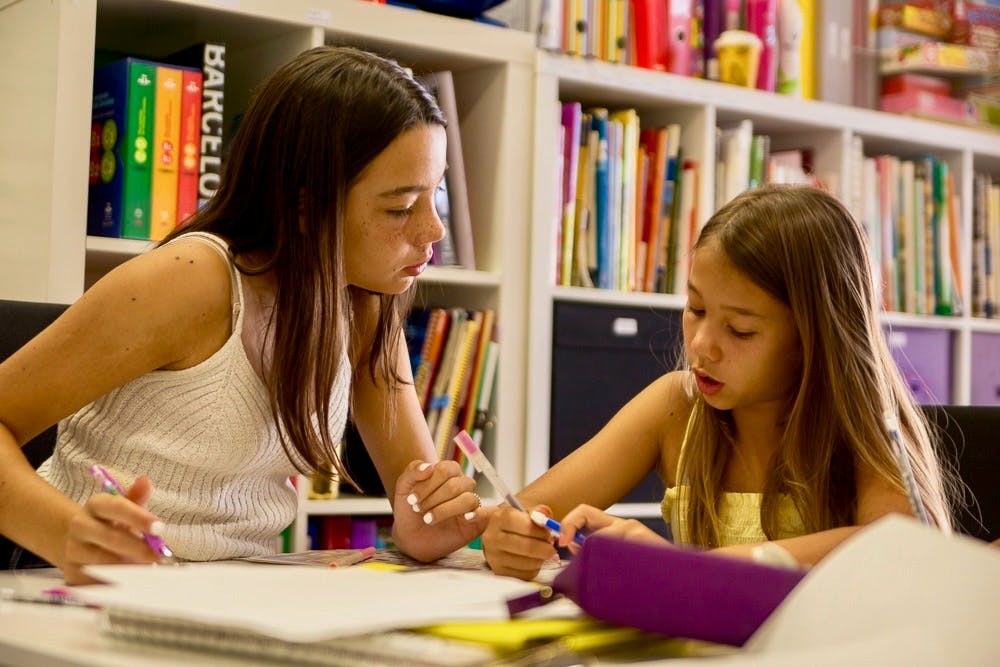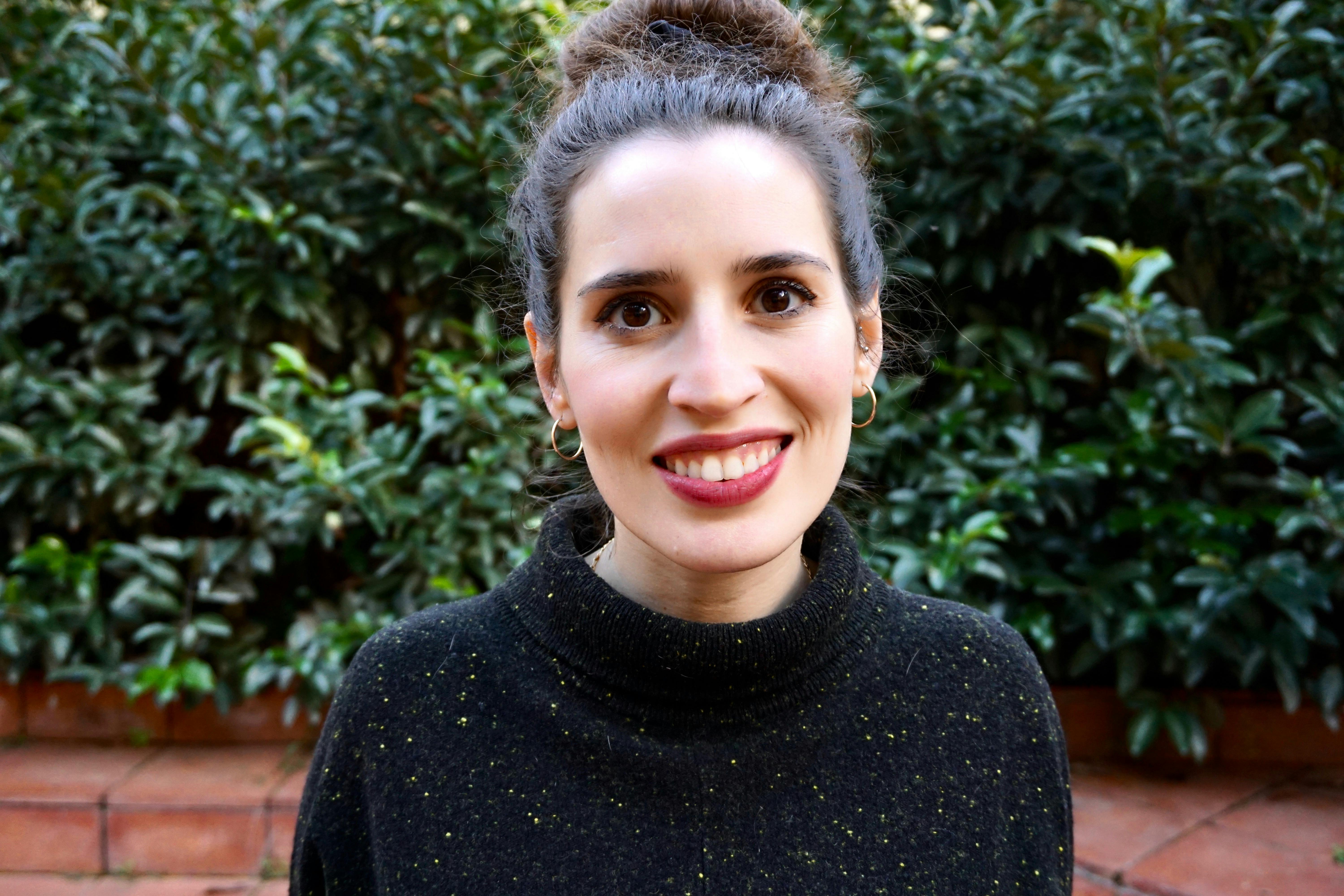Teaching adults vs teaching kids – tips from our team!

Going from teaching adults to teaching children can be an intimidating step, especially as most TEFL courses don’t offer any teaching practice time with children. TEFL Iberia offers a dedicated seminar during the course with Carley, who has lots of experience teaching children.
A crucial difference between adult students and kids is the fact that adults have chosen of their own volition to study English, but children haven’t. However, children have a natural curiosity and imagination which makes them great learners, so as long as you keep them motivated and engaged, and make sure your class is fun, it’ll be very rewarding.
Children learn English in the way they learned their native language – through exposure and interaction, so getting them involved in the class is crucial. Children have much shorter attention spans than adults, so you’ll need to plan a lot more activities for a one-hour class with children than you would need to for an adult class. It’s also more difficult to keep them engaged, so lengthy exercises done in silence won’t work.
They’ll get restless and start fidgeting. A good technique to keep them on their toes is to plan short, contrasting activities and break your class down into five or ten minute sections. Using music can also add a fun element to your lessons – the British Council has this great resource for songs in the classroom. It will also help your students with rhythm and intonation, and it’s a good way for them to memorise vocabulary – I bet you all remember the words to at least one song you learned when studying a language at school!
It’s also important to keep the momentum going – when kids don’t have something specific to do they start acting out. That’s why it’s always a good idea to have back up material ready in case you get through all your planned activities. Movement and activity in the classroom are good ways to keep children involved in your lessons. Have them come up and write on the board, or use games like Simon Says or Charades to teach them vocabulary.
The biggest headache when teaching children can be classroom management. We suggest staying mobile – if you’re walking around the classroom children are less likely to whisper and misbehave. Praising children who behave well is more effective than trying to discipline children who are behaving badly. It’s important to have additional material ready for fast finishers, and a good work/good behaviour system in place to motivate your students.
But the most important thing when it comes to teaching children is confidence. Just as in a classroom with adults, you are the person in charge and this confidence will communicate itself to your student. Your classroom, your rules!
Popular Posts
Gap year in Barcelona? Here's your pre-travel checklist for 2026

Gap year programs in Spain - 5 of the best for 2026

Living in Spain vs. Australia - what are the benefits?

Moving from San Francisco to Barcelona

Subscribe To Our Mailing List!
Receive course updates, graduate reviews, exclusive discounts and more



